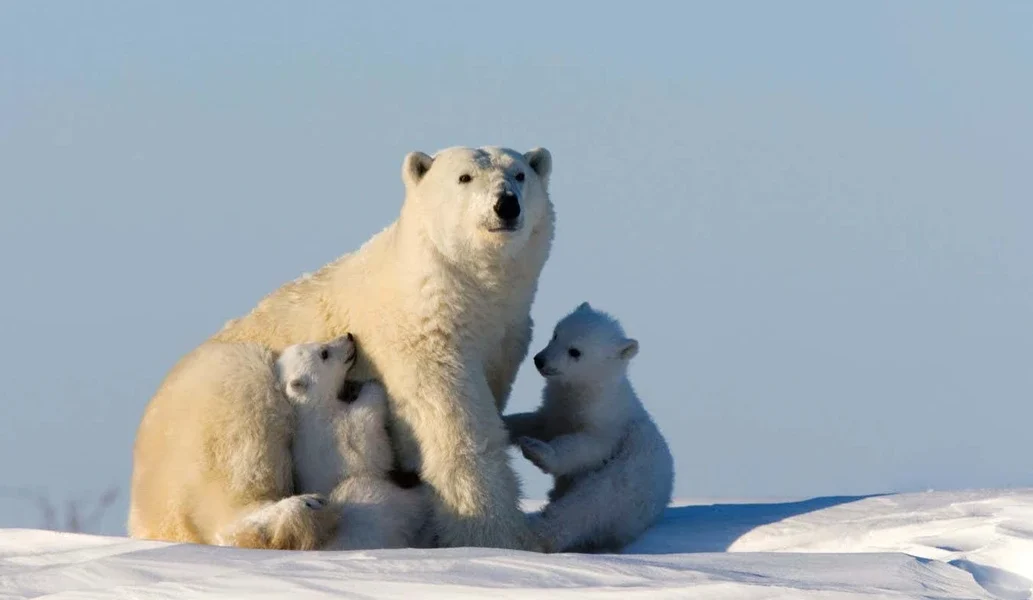Polar bear fur keeps the animals warm in Arctic temperatures Thorsten Milse/robertharding/Alamy A fibre that is said to mimic polar bear fur may one day feature in the next generation of space suits, military uniforms and clothing for extreme cold environments.
Under the direction of its creators at Zhejiang University, China, the artificial fibre has already been made into a sweater that is claimed to be as warm as down feather, which is among the best-known natural insulators, but is only a fraction of its thickness.
Writing in a paper, the team makes claims about the sweater’s strength and stretchability, but not everyone is convinced that sufficient data has been presented to back these up.
Advertisement Read more , a team member, says polar bear fur is made up of a highly porous core with a dense shell.
“The porous structure traps a large amount of air to insulate heat transfer and the dense shell provides the mechanical strength of the hair,” he says.
The artificial textile, on the other hand, consists of an “aero gel” – a material with low density, high porosity and a large air content (above 90 per cent by volume) – encased in a rubberised exterior.
Sign up to our The Daily newsletter The latest science news delivered to your inbox, every day.
As well as being warm, the researchers tested the fibre’s practicality by exposing it to 10,000 cycles of stretching, reporting no loss of structure.
It has stretchability of up to 1600 per cent and is strong enough that a single fibre can lift a 500 gram mass, they say.
The sweater that was knitted with this fibre is only “around one-fifth as thick as down for the same warmth and has excellent washability and dyeability”, they write in the paper.
“Such textiles feature excellent thermal insulation and multifunction and have great potential in areas such as military uniforms and space suits in extremely cold environments.”
at the University of Technology Sydney in Australia says people have long been fascinated by how polar bear fur keeps the animals warm in such extreme cold temperatures, and these researchers seem to have found a way to mimic those properties using synthetic materials.
But at Deakin University, also in Australia, is doubtful of the claims based on the limited data that has been presented.
As well, many have hollow fur similar to polar bears, including beavers, camels and Australia’s brush-tailed possum, he says.
One of the biggest benefits of polar bear fur comes not from its structure, but from the transparency of its fibres, which reduces the radiation of heat.
“It’s a lovely notion, but is it really mimicking polar bear fur?” says Hurren.
“Probably not.”
Journal reference: Topics
Source: newscientist








No Comments